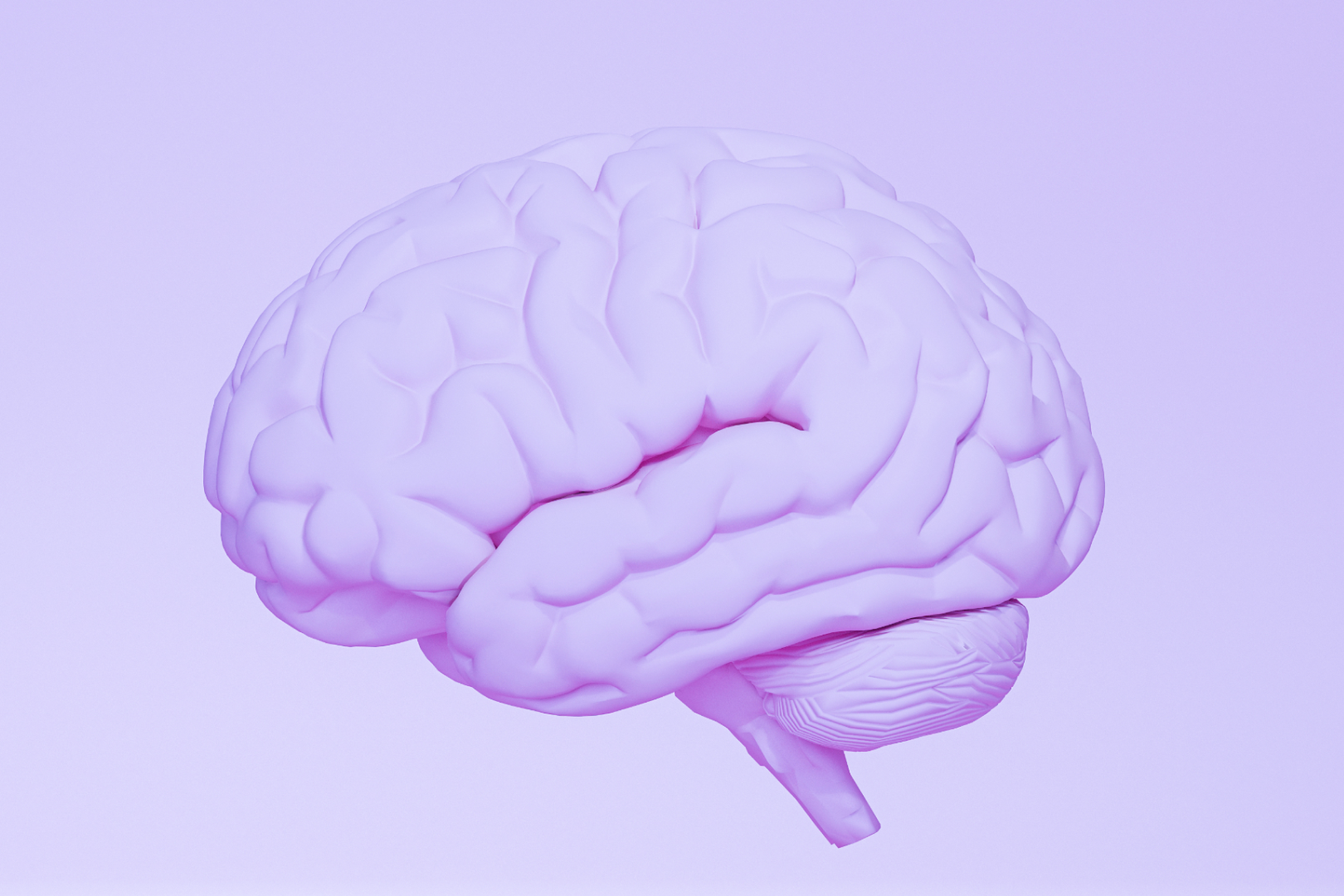People often say that being a teacher is the hardest job in the world. But few of them actually stop and think about what that means in the day-to-day reality of teachers’ lives.
The fact is, teachers are way more stressed compared to everyone else. In the US, teachers have double the stress levels than the average worker, and they are three times more likely to suffer from depression.
Teachers Are Not OK.
Long hours, large class sizes, concerns for personal safety, and pressure to keep up with the curriculum – all this and more is putting teachers under an incredible amount of daily pressure, with serious consequences. In a recent study, 74% of teachers said they were unhappy at work, and 40% said they’d probably leave their jobs in the next two years.
There is already a huge shortage of teachers worldwide. Teaching has always come with its fair share of stress, yet the global pandemic and the disruptions of school closures and remote learning have taken that stress through the roof.
How has Covid-19 affected the mental health of teachers?
A study of 2665 teachers in US public schools showed that their emotional reactions and mental health issues increased anywhere from 27% to 84% during the COVID pandemic. Here are some ways that COVID affected teachers’ mental health:
- When schools closed completely and shifted to remote learning, teachers were under enormous pressure to engage students and meet educational targets via Zoom, with minimal in-person contact.
- Teachers had far less control over their classrooms than usual. At the same time, they were also isolated at home and managing their own families during the virtual school day.
- When schools were open, teachers had to enforce strict rules about social distancing and masking, while having to manage their usual workload.
- Teaching at school and remotely at the same time proved to be incredibly difficult for teachers during the pandemic. 47% of teachers surveyed said that hybrid instruction was their top stressor.
- For teachers exposed to the virus, mandatory isolation made it much more difficult to maintain continuity with their students and to keep up with the curriculum.
- Teachers also saw their own workloads increase significantly, as they had to cover for colleagues who were in isolation and absent from school.
- Being surrounded by pupils meant that teachers were far more at risk for contracting COVID than other workers who were able to work from home. For some teachers, particularly those with pre-existing conditions, there was increased fear around personal health and safety.
- A big part of job satisfaction among teachers is seeing their students flourish and achieve. The pandemic led to a prolonged increase in behavioral issues and student absenteeism that make it much more difficult for teachers to feel emotionally rewarded by their job.
More effects of the pandemic on teachers' mental health will become clear in the months and years ahead. For now, the most important thing that teachers can do as they face back-to-school anxiety is to actively look for ways to help themselves and each other.
Outside resources and partnerships can help
Teachers are not the only ones under stress. Oftentimes, the school management or district supervisors are overwhelmed too, and unable to give teachers the support they need during the back-to-school period.
Fortunately, there are outside resources and advocacy partnerships designed to help teachers cope with stress on the job and outside of school hours. Teachers should not hesitate to take advantage of the range of available resources to help build their mental health and resilience. This list of mental health resources from Teach For America is a great place to start.
How To Support The Mental Health Of Teachers
More teachers than ever are struggling with on-the-job pressure, and that is leading to unprecedented levels of burnout among educators. In a National Education Association survey of 3000 teachers, 90% said that burnout was a serious or somewhat serious issue.
Something has to be done. The NEA study proposed several measures that should be undertaken to improve work conditions for teachers and help alleviate some of the issues that are leading to reduced mental health and resignations. These include:
- Increasing salaries
- Hiring more educational staff
- Increasing mental health support for students
- Recruiting more support staff
- Reducing teachers’ paperwork requirements
- Reducing standardized testing
- Hiring more school counselors and psychologists
These recommendations are a big step in the right direction. However, they will take time to implement and won’t provide the immediate support necessary for teachers’ mental health and well-being.
6 Ways to control anxiety.
Mental health for teachers starts with the individual. Those who work in education must be empowered with tools for self-help, so they can master their own wellbeing and take the steps today to reduce back-to-school anxiety. Here are 6 ways that teachers can help to control anxiety:
Set and maintain limits
Personal agency and a sense of control over one’s life are essential to mental health and well-being. Teachers work in a highly regulated environment, with continual evaluations, a lot of paperwork, and strict curricula that must be followed.
The pressure of constant compliance and the sense that every action is being monitored can lead to high levels of anxiety. That’s why it is so important for teachers to set and maintain limits where possible. This applies to their work, and also home life.
Focus on what you can handle
During the pandemic, teachers were more overloaded than usual. Staff shortages, remote or hybrid learning, and safety regulations all added to the stress. Teachers are naturally giving people; they want to help their students thrive and achieve whenever they can.
This is so commendable, however, it cannot come at the price of the educators’ mental health. That’s why teachers must make a proactive effort to focus only on what they can handle, and not more. It is okay to say no when the toll on your mental health is too much.
Stay active
According to numerous scientific studies, exercise is a powerful stress-busting tool. You don’t need to become an amateur athlete or run marathons. Even a brisk walk, yoga class or swimming a few laps will make your body release feel-good endorphins and create a relaxing post-exercise sensation.
Physical activity burns through much of the stressful energy that builds up over time. It also distracts the mind from anxiety-inducing thoughts, which is really helpful to get out of the stress loop.
Have an active social life
The most important thing of all for teacher mental health is meaningful friendships and connections with others. When the stress at work is overwhelming, getting together with friends and enjoying social activities is just the right ‘medicine’.
Making your social life a priority helps you keep things in perspective – there is life outside of work! Being around friends gives opportunities for you to feel supported and heard. Plus, doing activities with friends takes your mind off your job and gives you the pleasure and satisfaction that may be missing at work.
Take care of yourself
There is no one in the world who can take care of you as you can. Taking proper care of yourself mentally, emotionally, physically, and spiritually will not just support your own well-being, it will build you up so you can be a better teacher. Eating nutritious food, getting regular exercise and sufficient sleep are all ways to take care of yourself.
Meditation and mindfulness are powerful tools for self-care, and they have long-term benefits, such as increased self-awareness, improved emotional regulation, and increased concentration, and creativity. They may also lead to health benefits, including lower blood pressure, improved sleep, and fewer headaches.
Meditation in conjunction with the Reflect biofeedback device can heighten your practice by helping you understand your anxiety response in real-time. Place your hands on the Reflect device and it will automatically measure and track your heart rate, breathing rate and more.
Observe how meditation is reducing your stress levels and learn to adapt your practice to get the most from it. Then you can take that information into your daily life to better manage anxiety during work hours at school.
One step at a time, have reasonable expectations
Mental health is a journey, so it’s important to manage expectations. For teachers who have been under high levels of stress for a while, reducing anxiety levels will also take time. Many of the benefits of exercise, meditation, and positive thinking are felt only after regular practice.
Take one day at a time, one step at a time. Focus on what you need in the moment, and give yourself permission for it. If you need some alone time after work, make sure you get it. If you need a chat with a good friend, pick up the phone. If you want to meditate for 10 minutes with the Reflect biofeedback device, take it to a quiet room, shut the door, and go ahead. Your mental health matters that much!
What do you think should be done to improve and manage the mental health of teachers?
Teachers are a vital link to the future of our world; they are educating the next generation of citizens and leaders. Beyond the “three Rs” (reading, writing, arithmetic), teachers today are expected to contend with the emotional wellbeing of their pupils too.
During the pandemic, this task became more difficult by many magnitudes. Teachers have borne the brunt of the pandemic for education and for our young people. They are still suffering from high-stress levels, as well as low pay, lack of respect from the public, and severe burnout. While teachers must take responsibility for their mental health and wellbeing, we as a society must also support teachers with the resources and compassion to help strengthen their mental health.
Although teachers are doing it tough at the moment, they don’t have to do it alone. What do you think? What can we do to support and guide teachers during the back-to-school period and all year long? What should be done to improve and manage the mental health of educators, who devote so much of their time and love to their students?
This might be the most important question of the post-pandemic period. And it’s time to step up.





